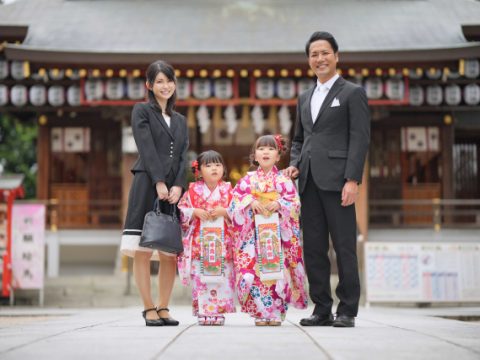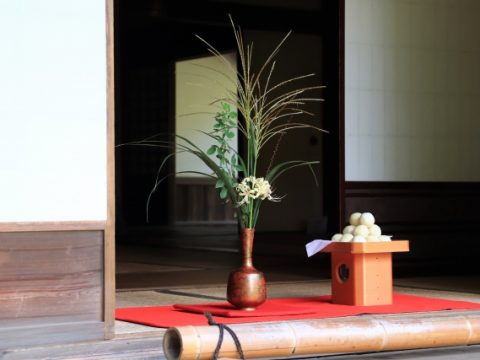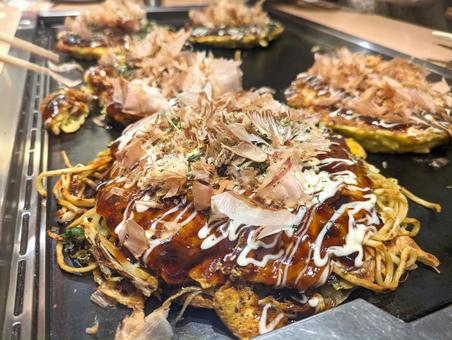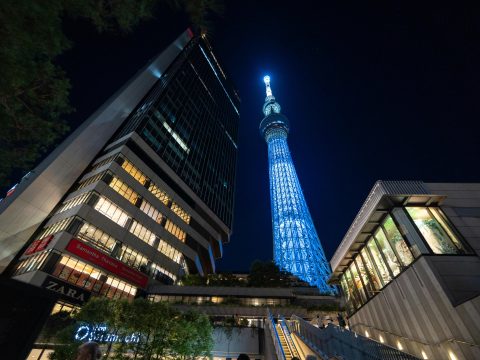Bento (弁当)
JAPANESE FOODS
10.10.2023
In the United States, the new school year starts in late August to September. Many parents are getting school supplies ready for their children around this time of the year, including myself. When I went to a store to get school supplies, I saw some food containers labeled not “Lunch Box” but “Bento Box”. The Japanese word “Bento” has become so popular in this country (and it continues to spread worldwide), most people now recognize its meaning.
What is Bento?
The term “bento” (弁当) refers to a Japanese concept of a single-portion meal packed in a box-shaped container. It usually refers to a packed lunch. The history of bento can be traced back centuries in Japan, with their origins rooted in the Kamakura period (1185-1333). During the Kamakura period, soldiers and travelers carried portable meals. These were essentially packets of cooked and dried rice, which could be quickly rehydrated with water. These meals provided sustenance during long journeys or military campaigns.
How did Bento become popular among the general population?
As Japan progressed into the Edo period (1603-1868), the concept of bento expanded and became more refined. The term “bento” started to be used to describe a packed meal containing various ingredients. During this period, as urbanization and economic growth led to increased mobility, people began carrying bento boxes as portable meals for work, travel, or leisure activities. The concept of Bento expanded and became more refined. The term “Bento” started to be used to describe a packed meal containing various ingredients.
What kind of boxes have been used?
Initially, bento boxes were made of bamboo or wooden boxes with simple compartments to hold different food items. They were often wrapped in cloth or tied with a cord for easy carrying. The Meiji era (1868 – 1912) brought significant changes to Japan, including advancements in transportation and industrialization. These changes influenced bento boxes as well. With the introduction of metalworking and mass production techniques, bento boxes made from tin or aluminum became more prevalent. These materials were lightweight, durable, and offered better heat retention. As the form of the containers changed, the content of the box also changed. People started incorporating a wider variety of dishes. People started to care more about how the food looked and how it was presented. Bento boxes were made for special times, like parties and events.
Bento in the modern world
After World War II, as Japan entered a period of rapid economic growth, bento boxes became even more popular. The rise of urbanization and the increasing number of women entering the workforce contributed to the demand for convenient and portable meals. Convenience stores and train stations began offering a wide selection of pre-packaged bento boxes, providing quick and affordable meal options for busy individuals. This trend continues today, with an extensive range of bento box options available in various sizes, styles, and price ranges.
Going worldwide
In recent years, bento boxes have gained international recognition and popularity. Their appeal extends beyond Japan. As people seek convenient, nutritious, and visually appealing meals, the bento meals became the perfect fit for the modern lifestyle. It is also economical. Preparing homemade bento can be cost-effective compared to eating out every day at lunch time.

Eri Palmer
Eri grew up in Japan. She came to U.S. as an international student, and decided to stay in the country. Cooking is one of her passions, and she loves to cook Japanese food for her children.
Read previous articles by the writer
Read latest articles
KEYWORDS
- # PICKPICK
- # Resume
- # alcohol
- # Rice
- # Soup
- # winter food
- # Fast Food
- # seafood
- # spicy foods
- # raw food
- # fermented food
- # Transportation
- # MEAT
- # Edo culture
- # suits
- # clothing
- # drink
- # fish
- # seasoning
- # Japanese New Years Foods
- # Toshikoshi soba
- # Osechi Ryori
- # Ozoni
- # Christmas
- # Japanese fusion pasta
- # Wafu Pasta
- # Japanese Hot Pot
- # なべ
- # 鍋
- # Miyazaki
- # Chicken Nanban
- # Karamen
- # Autumn Wagashi
- # Mushi-yokan
- # Imo-yokan
- # Japanese Autumn Fruits
- # Autumn
- # Vending Machine
- # fall
- # dango
- # Chestnut rice
- # saury
- # Mushroom
- # Rice vinegar
- # Japanese condiments
- # 調味料
- # Sake
- # Mirin
- # Soy sauce
- # Japanese Noodles
- # Udon
- # Ramen
- # Yakisoba
- # Soba
- # Japanese Seaweed
- # 海藻
- # かいそう
- # Payslip
- # Training
- # Japanese summer foods
- # 和菓子
- # Wagashi
- # ryokucha
- # 夏
- # 飲み物
- # Ramune
- # ラムネ
- # Pokari Sweat
- # ポカリスエット
- # Calpis
- # カルピス
- # Mugicha
- # ume
- # 梅
- # うめ
- # umeshu
- # job hunting
- # tofu
- # Recruitment in Japan
- # miso
- # Japanese cuisine
- # Yellowtail and bonito
- # Children’s Day
- # Kashiwa Mochi
- # Chimaki
- # fruits
- # Kusamochi
- # Types of Agriculture in Japan
- # bread
- # パン
- # パン屋さん
- # japanese bread
- # shokupan
- # meal blead
- # anko bread
- # 桜
- # さくら
- # cherry blossom
- # visa
- # hanami
- # omotenashi
- # sakura
- # おもてなし
- # Japanese hospitality
- # oshibori
- # wet hand towel
- # hand towel
- # restaurant
- # Commuting in Japan
- # Women-only cars
- # Exit gate
- # japanese train
- # train
- # valentine
- # Japanese sweets
- # 朝食
- # Japanese Breakfast
- # Breakfast
- # Japanese
- # 日本
- # healthy
- # persimmons
- # hoshigaki
- # HR
- # work in Japan
- # jinji ido
- # corporate systems
- # Japanese work culture
- # bento
- # ekiben
- # shinkansen
- # omiyage
- # train station
- # Japanese culture
- # work culture
- # mentaiko
- # umeboshi
- # Japanese snacks
- # potato chips
- # Japanese potato chips
- # Japanese writing
- # seaweed
- # konbu
- # ocean foods
- # shio konbu
- # dashi
- # miso soup
- # food processing
- # pear
- # nashi
- # sweet potato
- # japanese sweet potato
- # stingray
- # satsuma imo
- # food value chain
- # homecooking
- # agriculture
- # Japanese homecooking
- # farming
- # nikujaga
- # shojin ryori
- # meat and potatoes
- # traditional foods
- # comfort food
- # buddhist food
- # manufacturing
- # factory
- # eihire
- # vegetarian
- # food and beverage
- # izakaya
- # yatai
- # japanese festival
- # taiyaki
- # matsuri
- # summer
- # Ikayaki
- # smart agriculture
- # shaved ice
- # kakigori
- # かき氷
- # summer dessert
- # Japan
- # Japanese foods
- # dessert
- # fruit
- # matcha
- # icecream
- # Pikcup
- # Pikc up
- # Pcikup
- # skilled labor visa
- # working visa japan
- # Dineer Table in Japan
- # Japanese manner
- # Japanese food
- # Japanese Table Manner
- # Chopsticks
- # Japanese traffic signs
- # traffic information
- # road rules in Japan
- # chocolate
- # green tea
- # Osaka
- # Work Japan
- # Japanese company
- # ikura
- # sushi
- # nigiri
- # wasabi
- # PCIK
- # PICK UP
- # PICK
- # PICKUP








